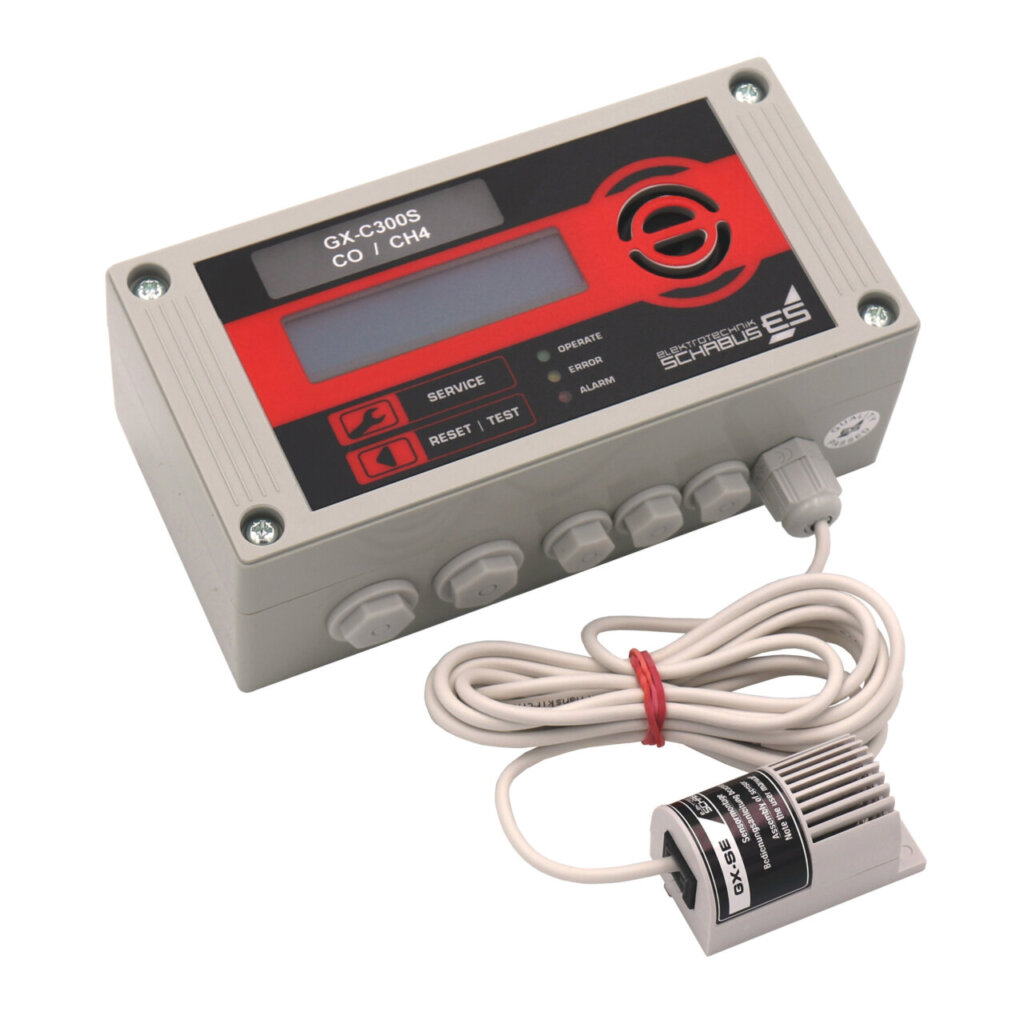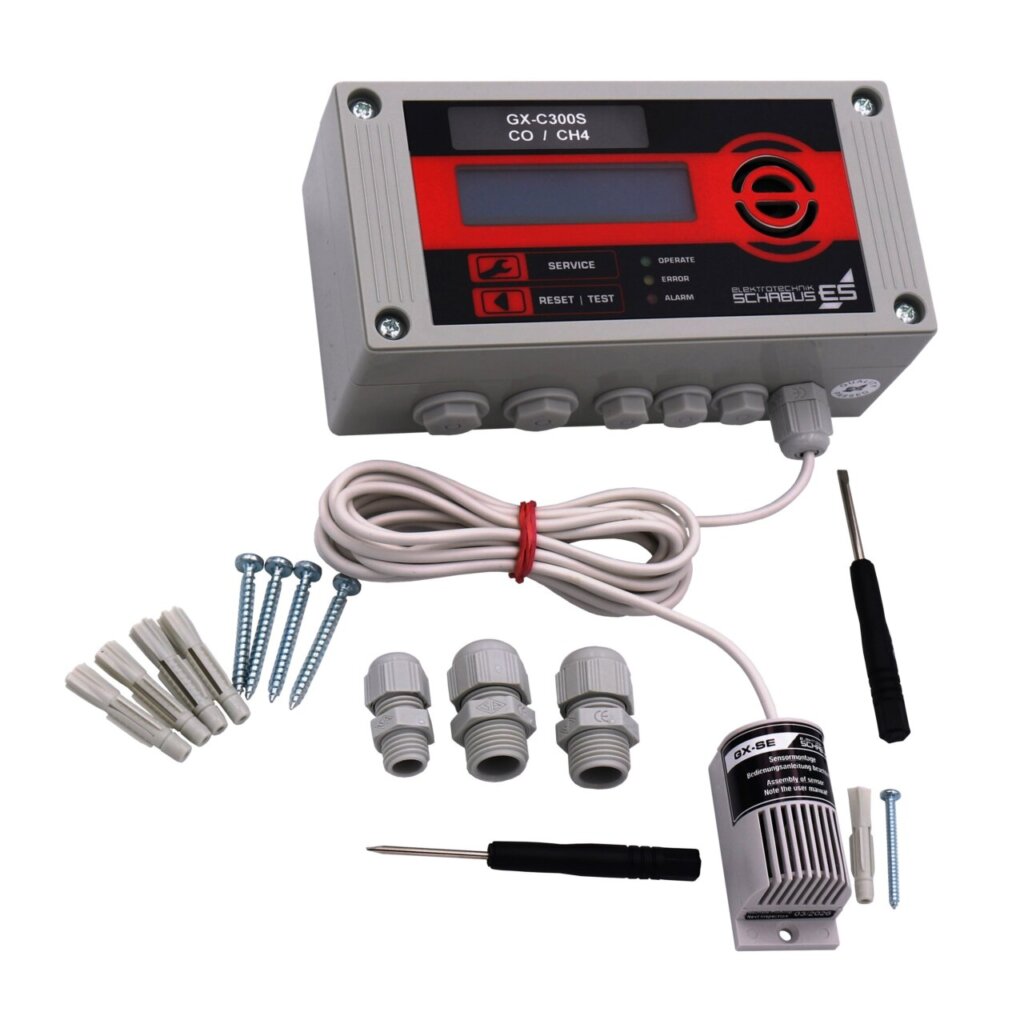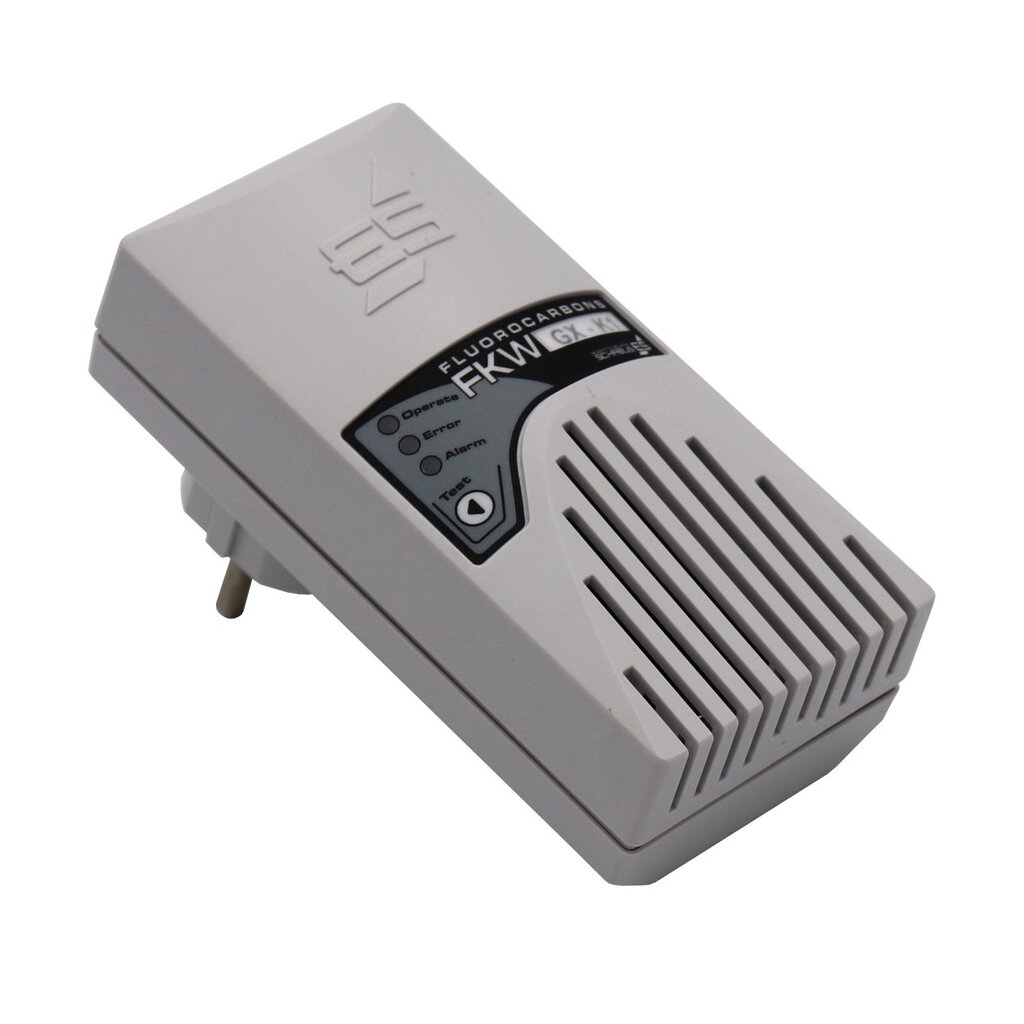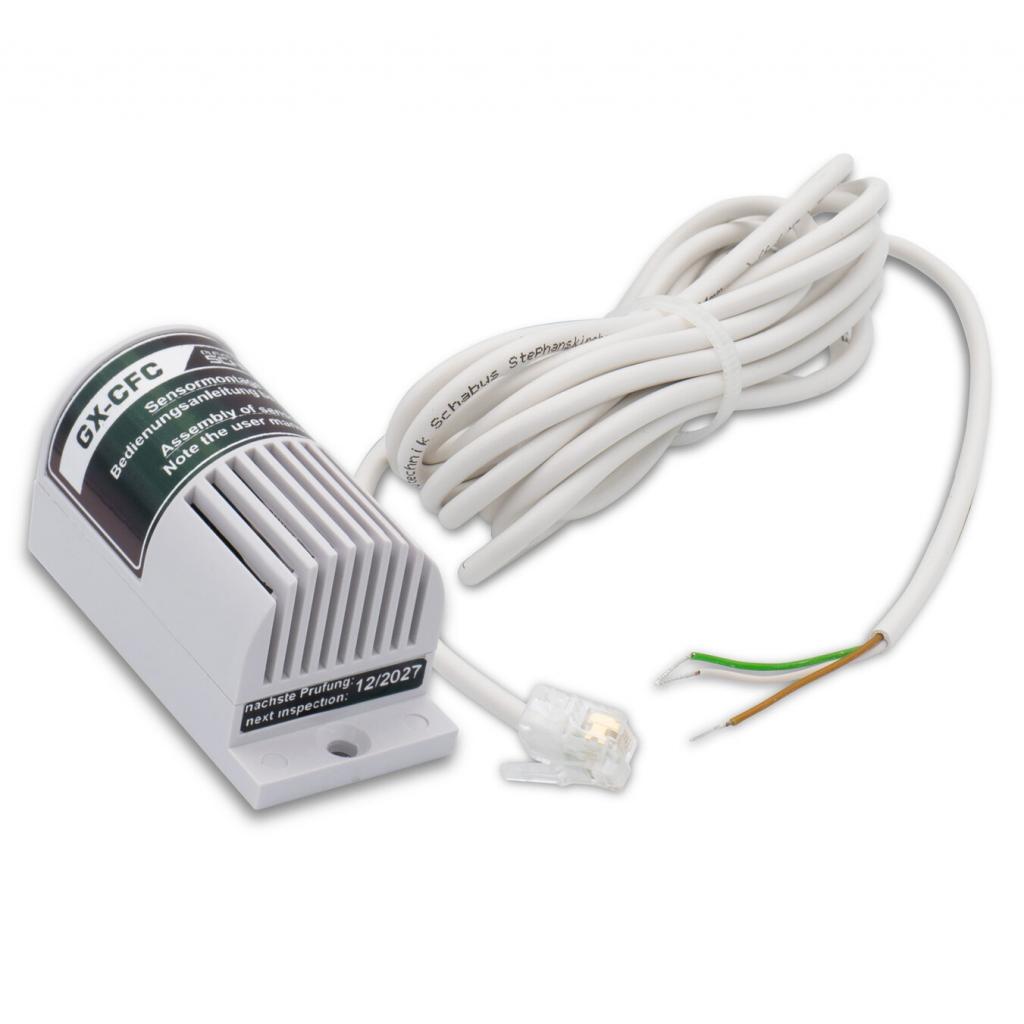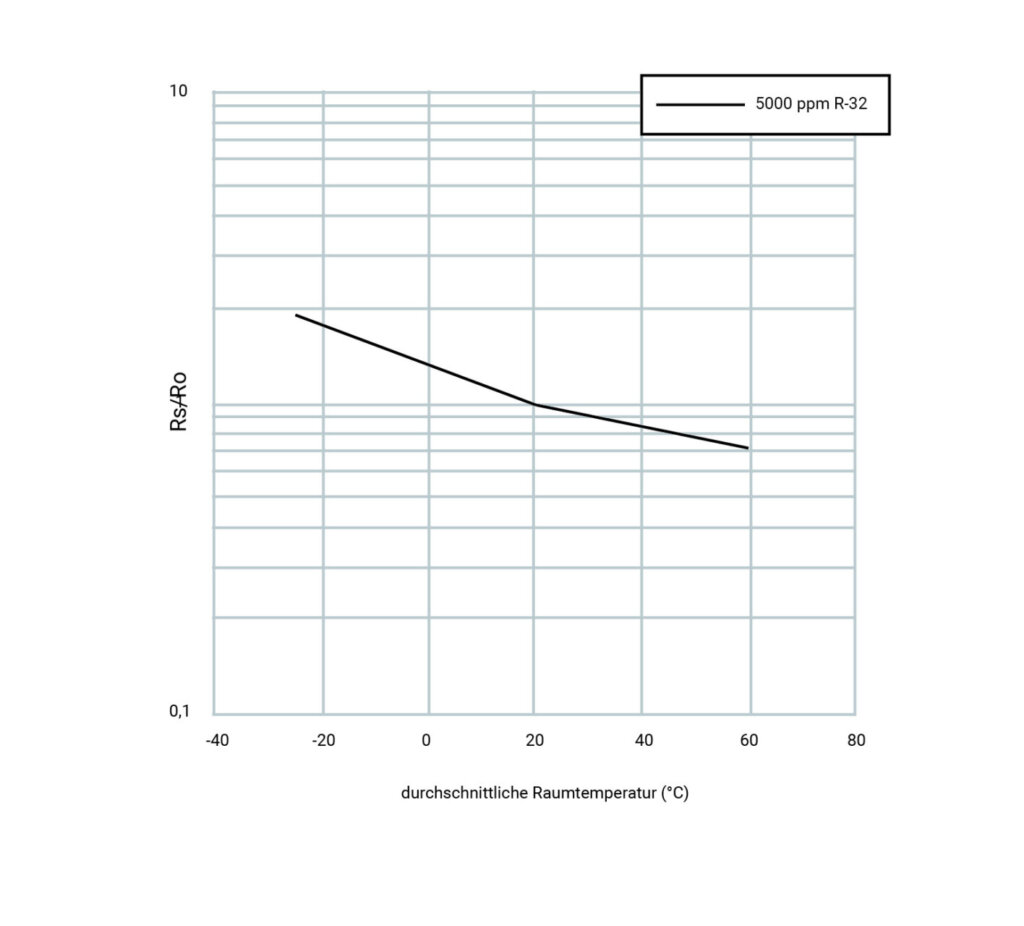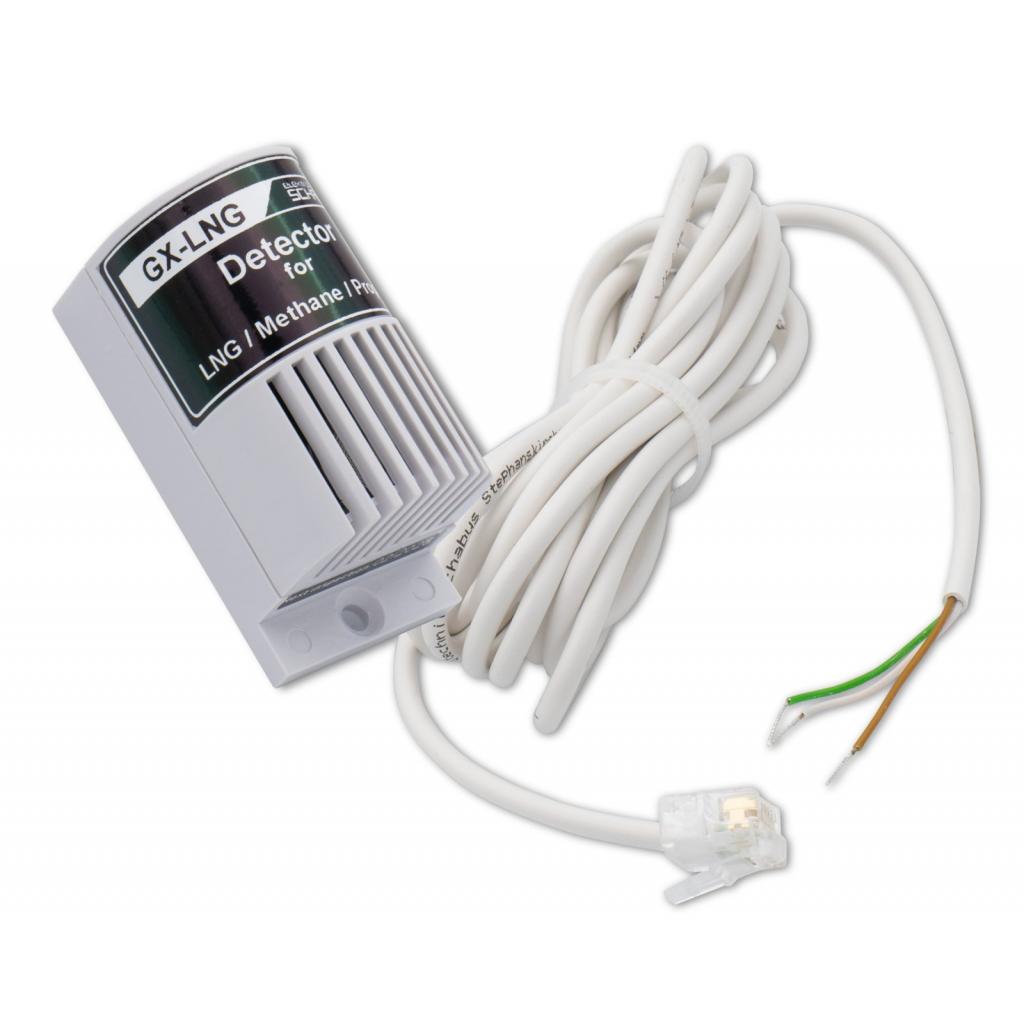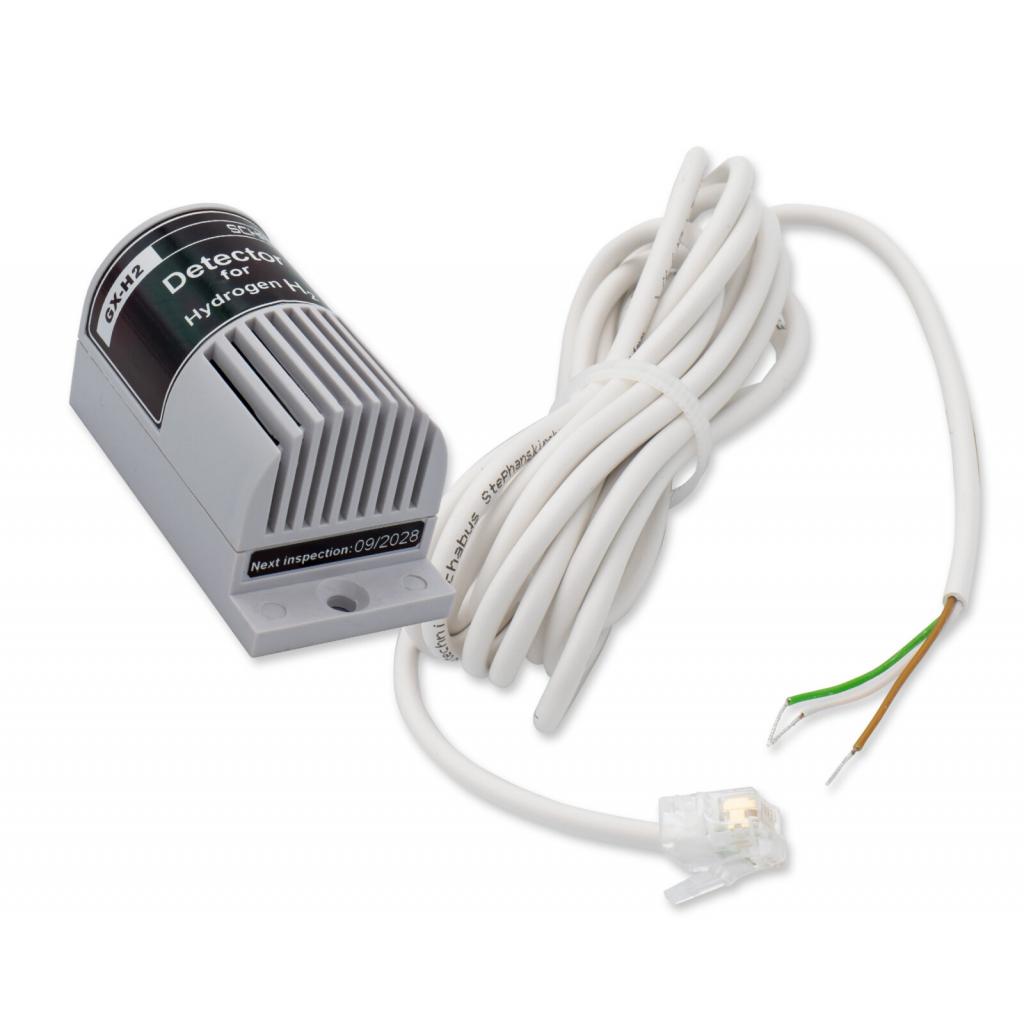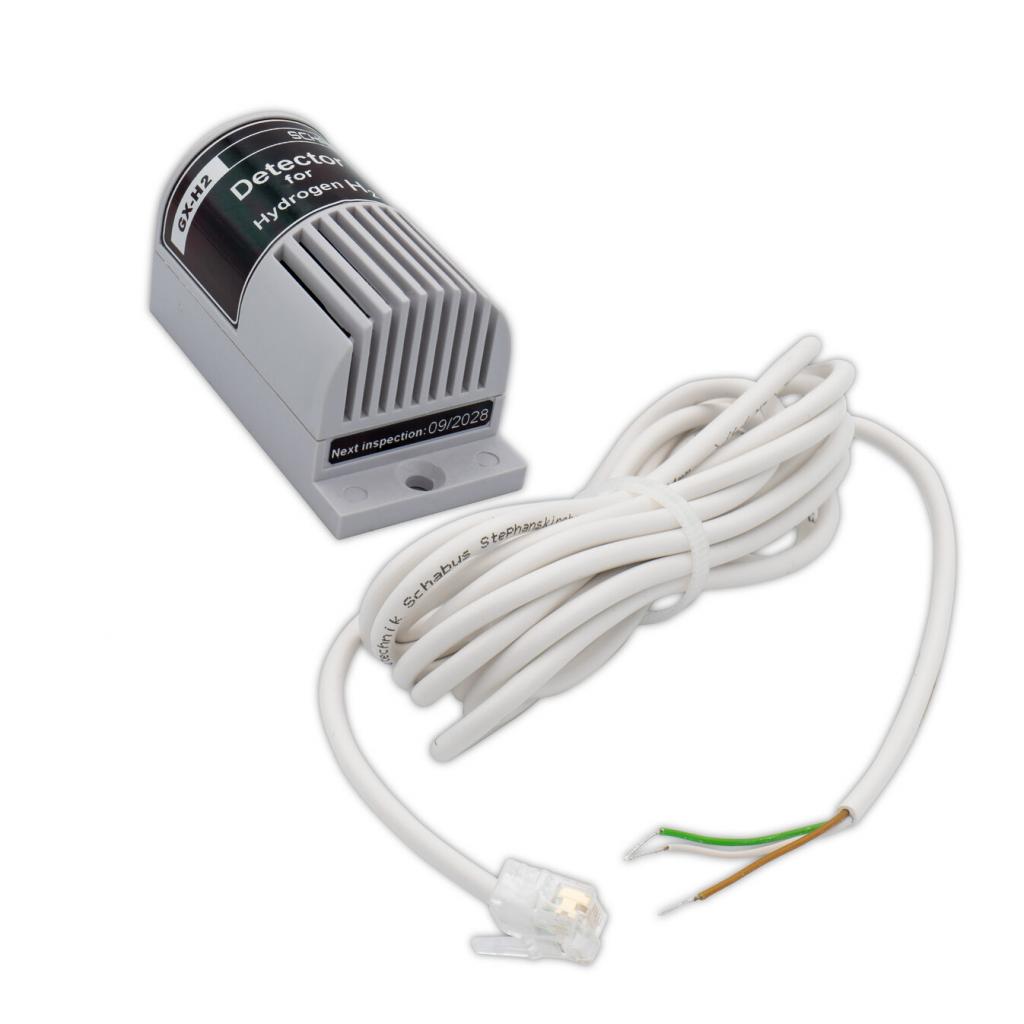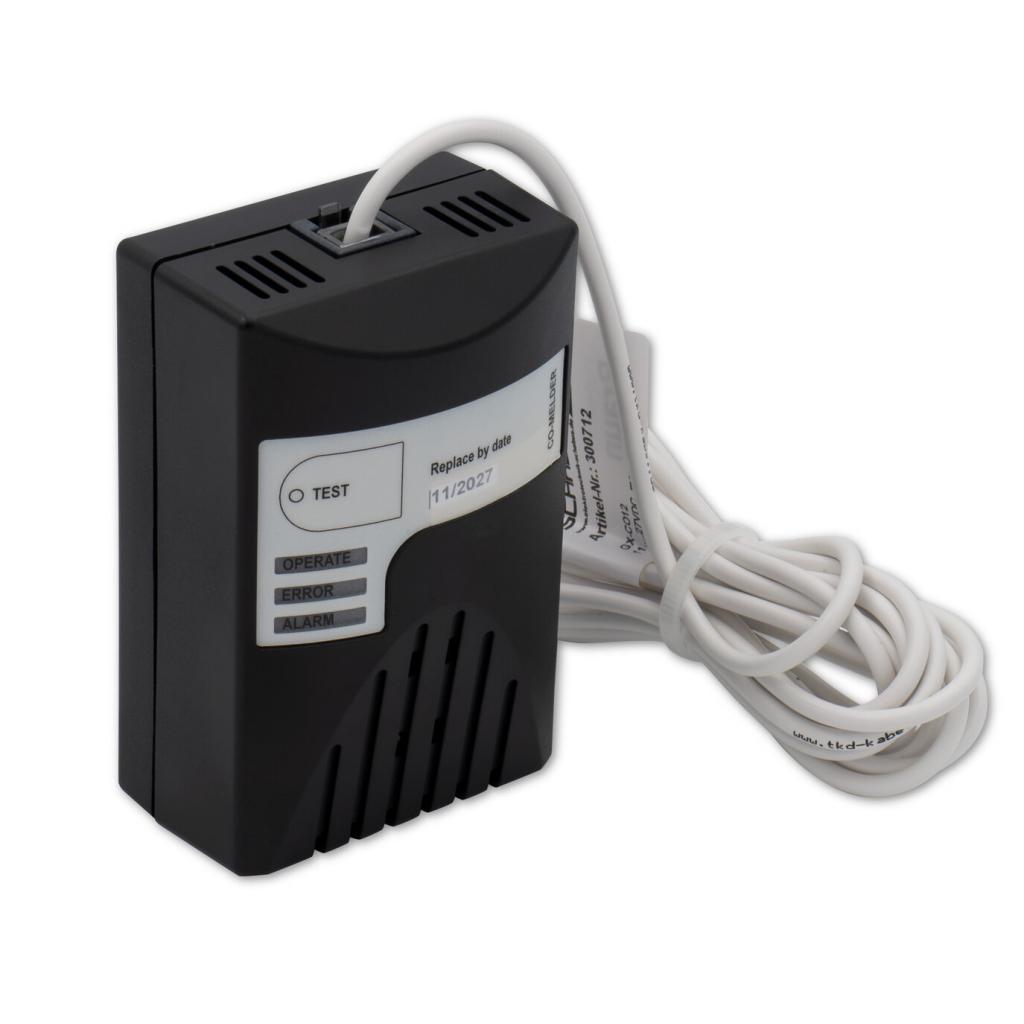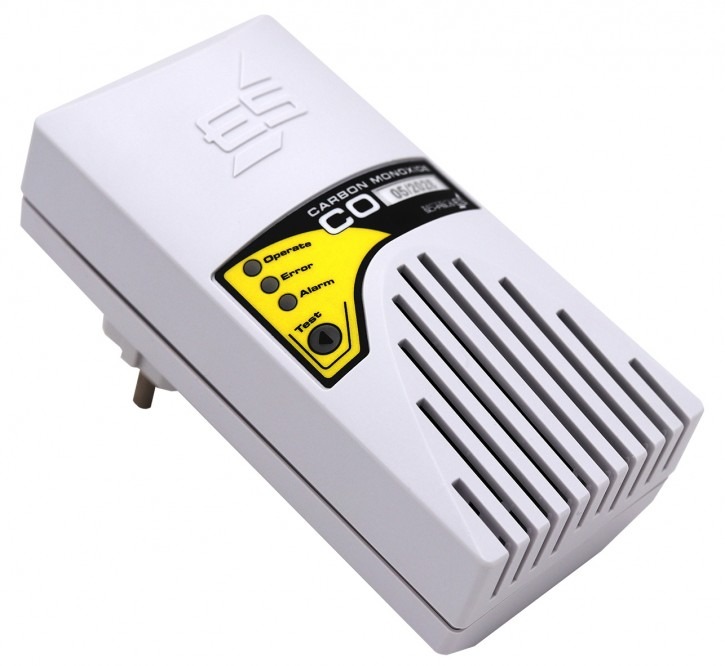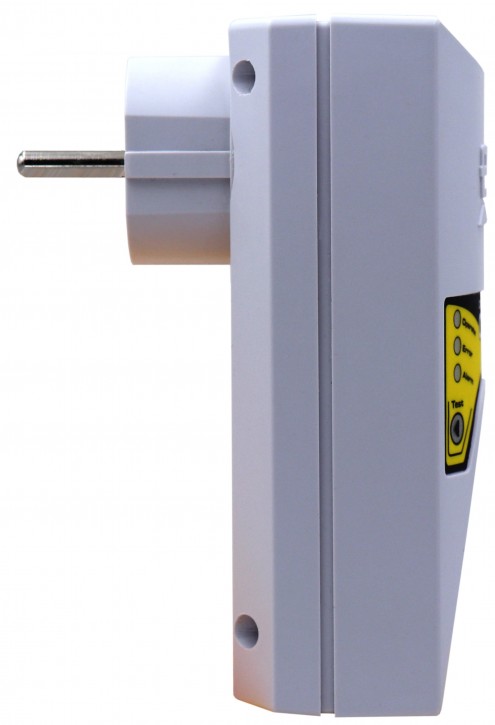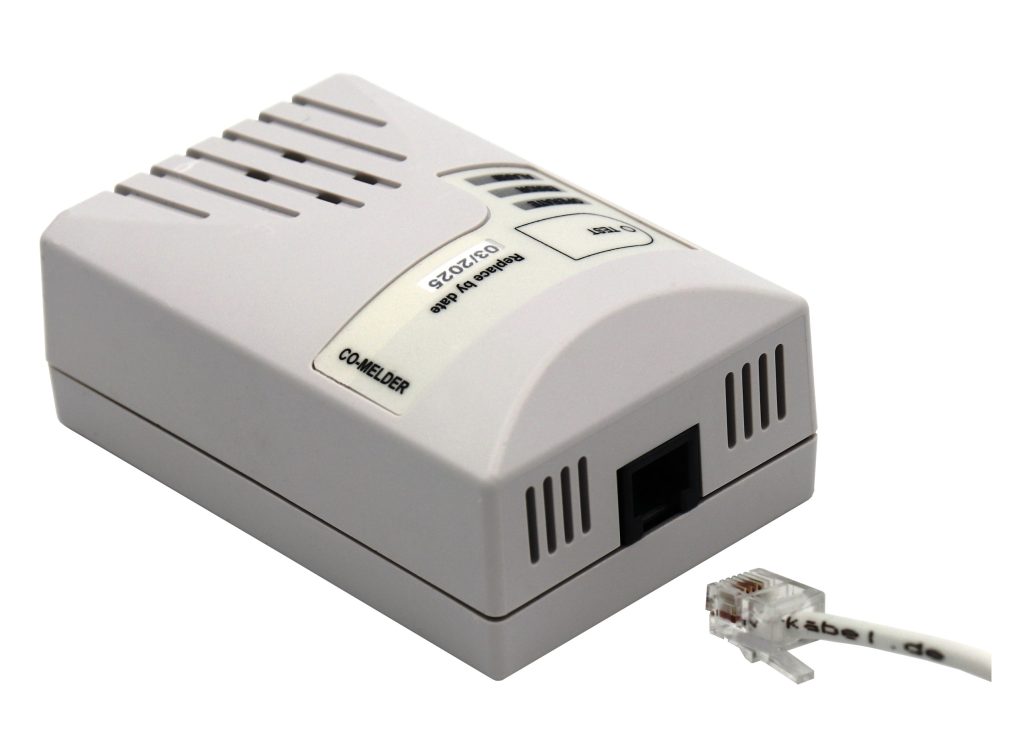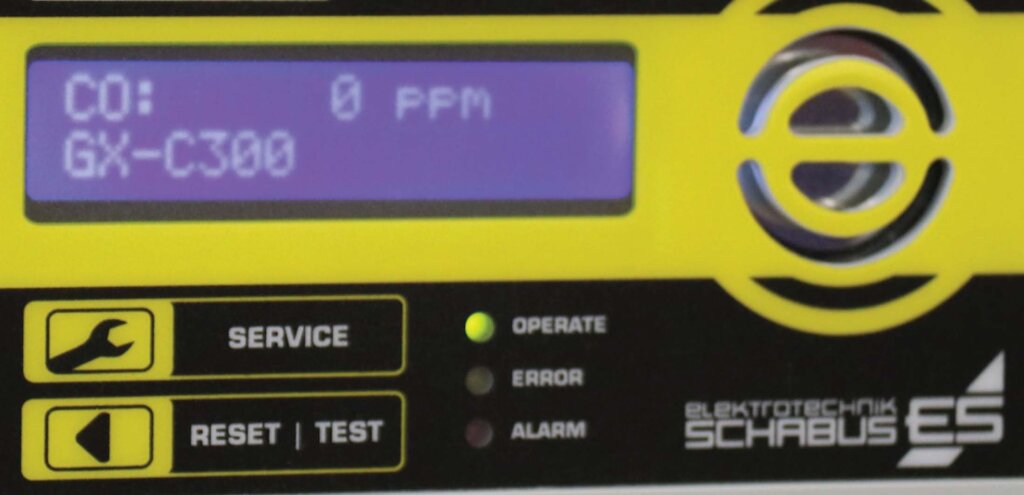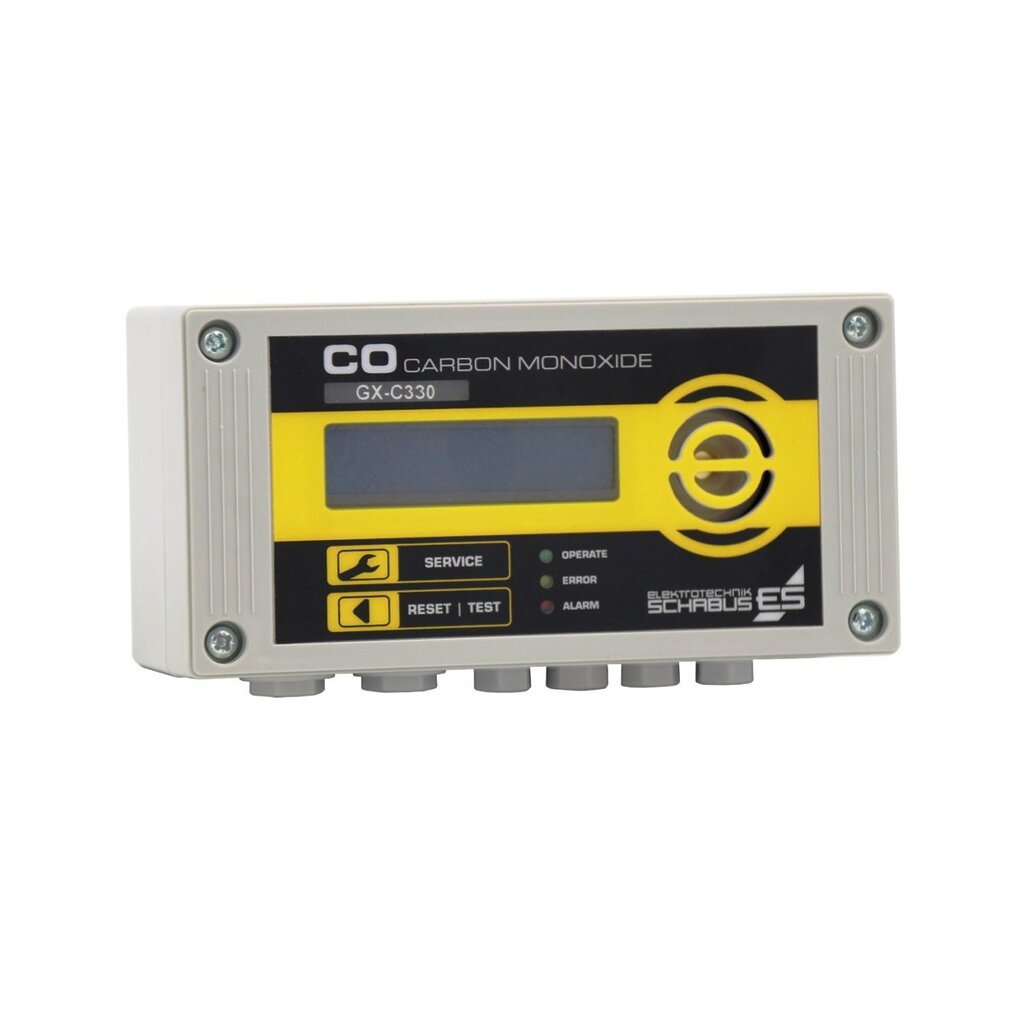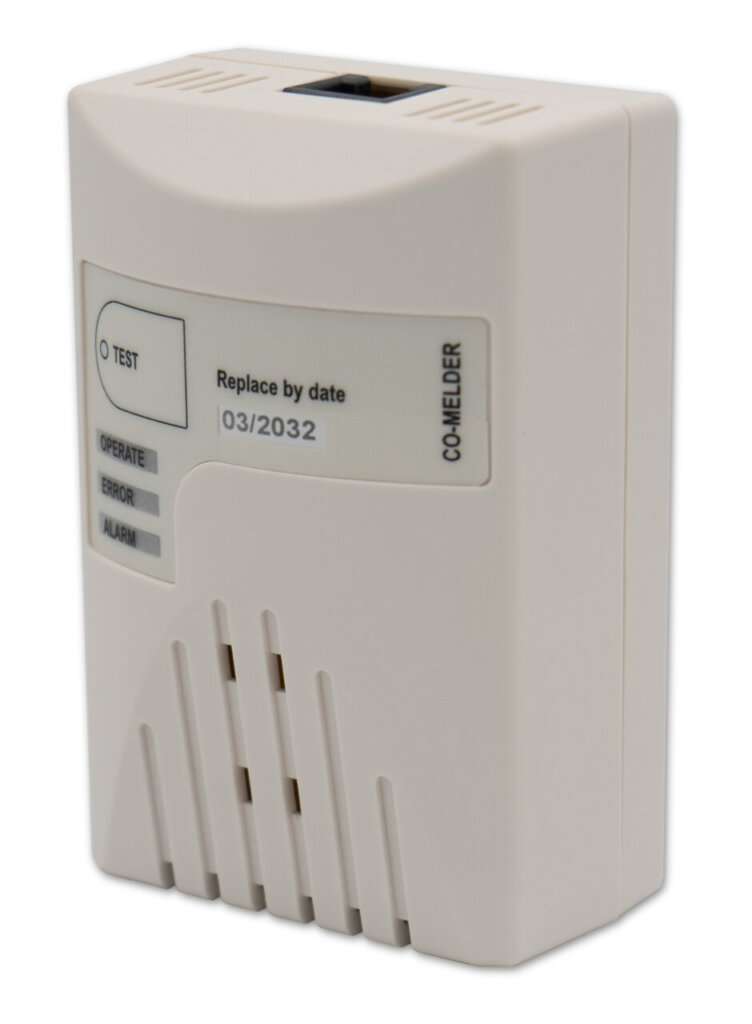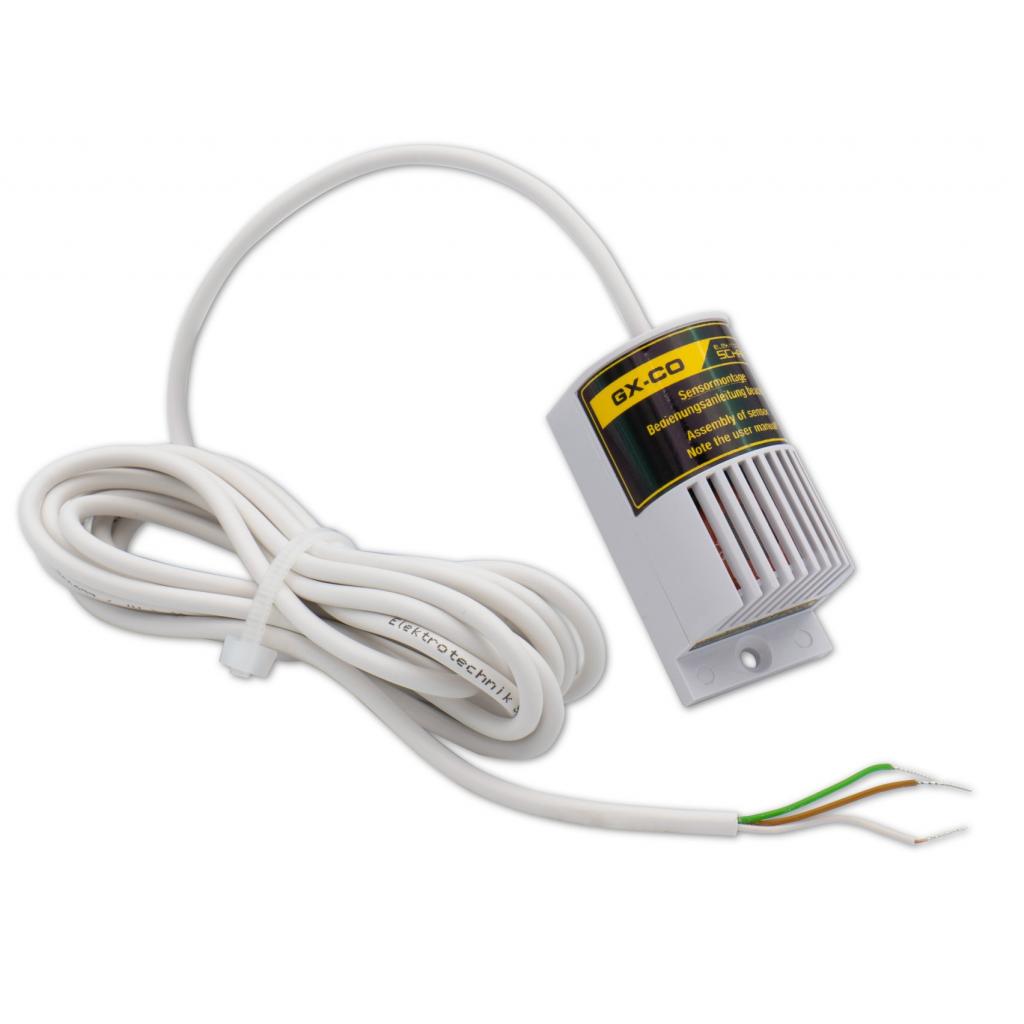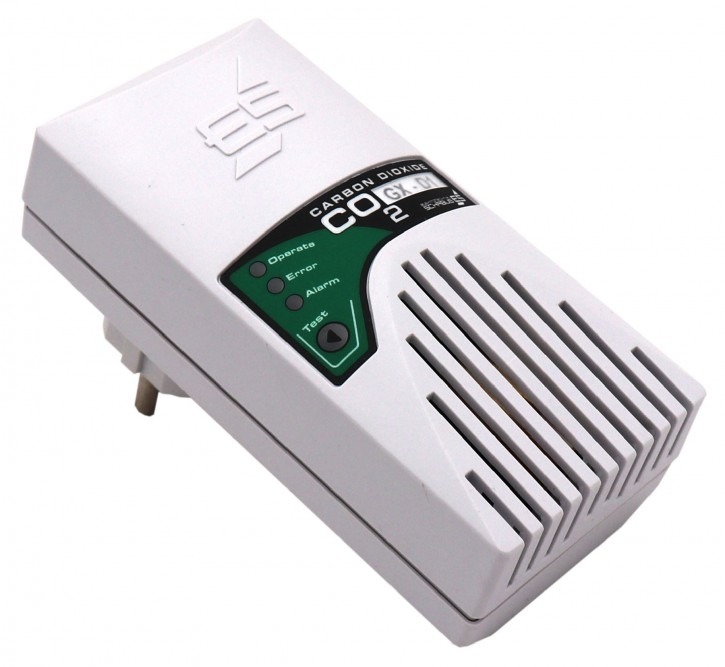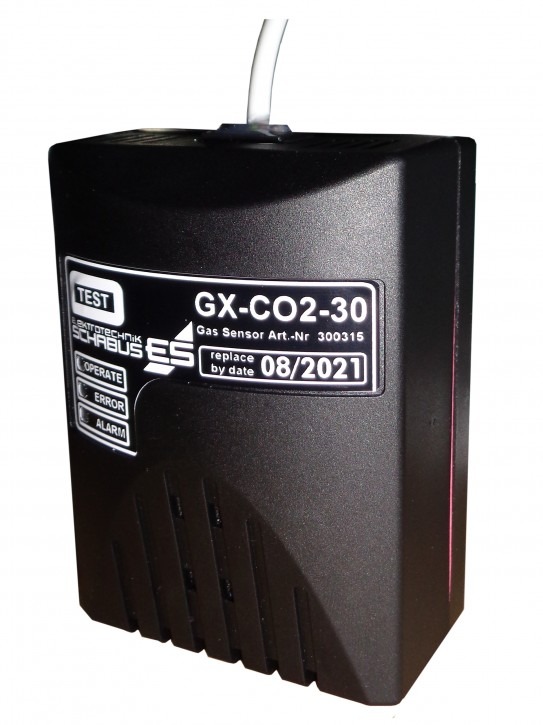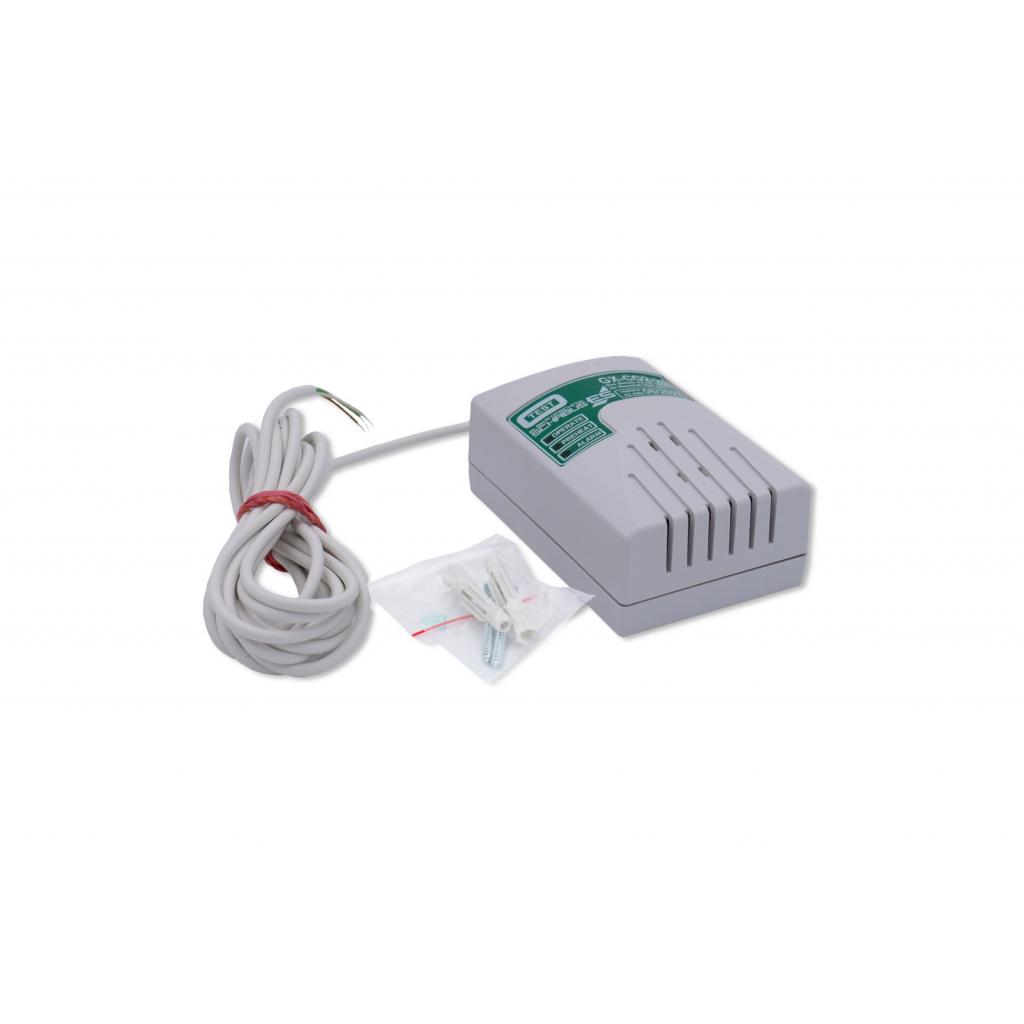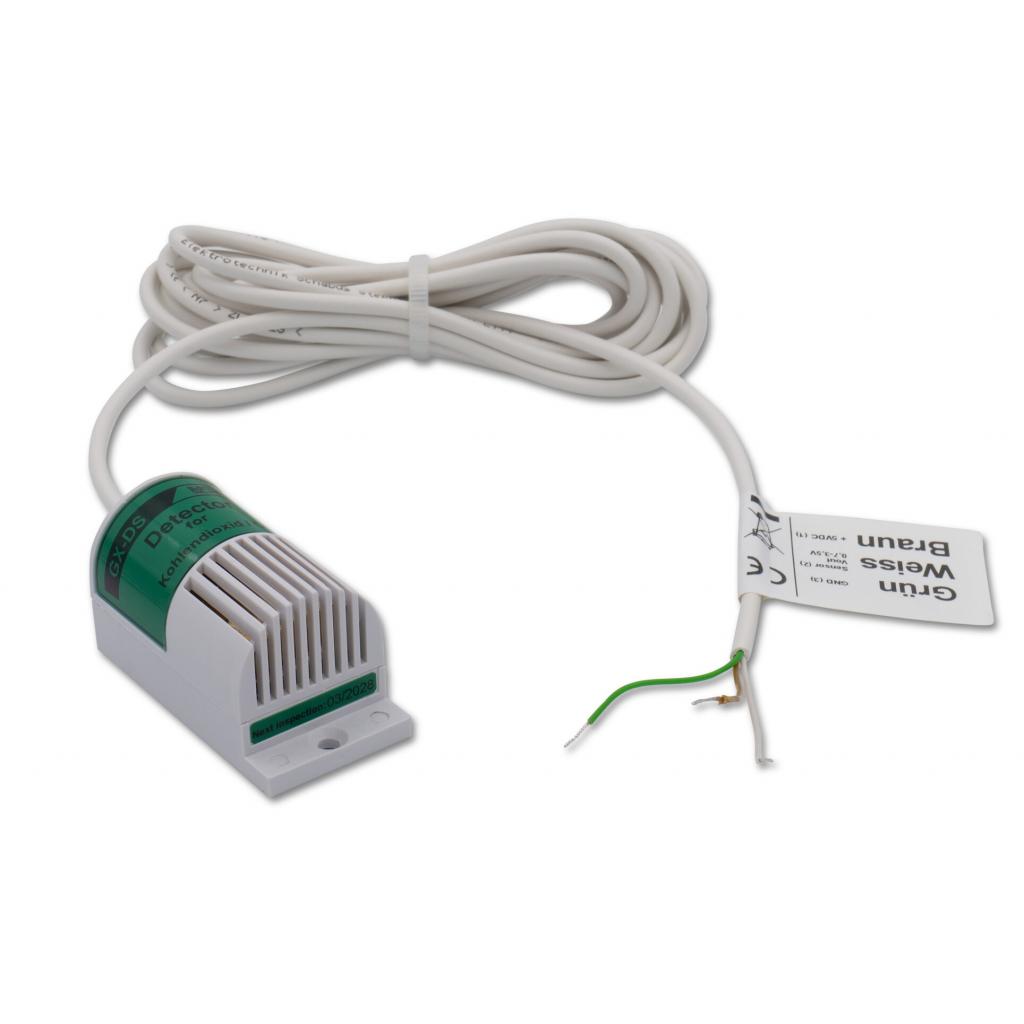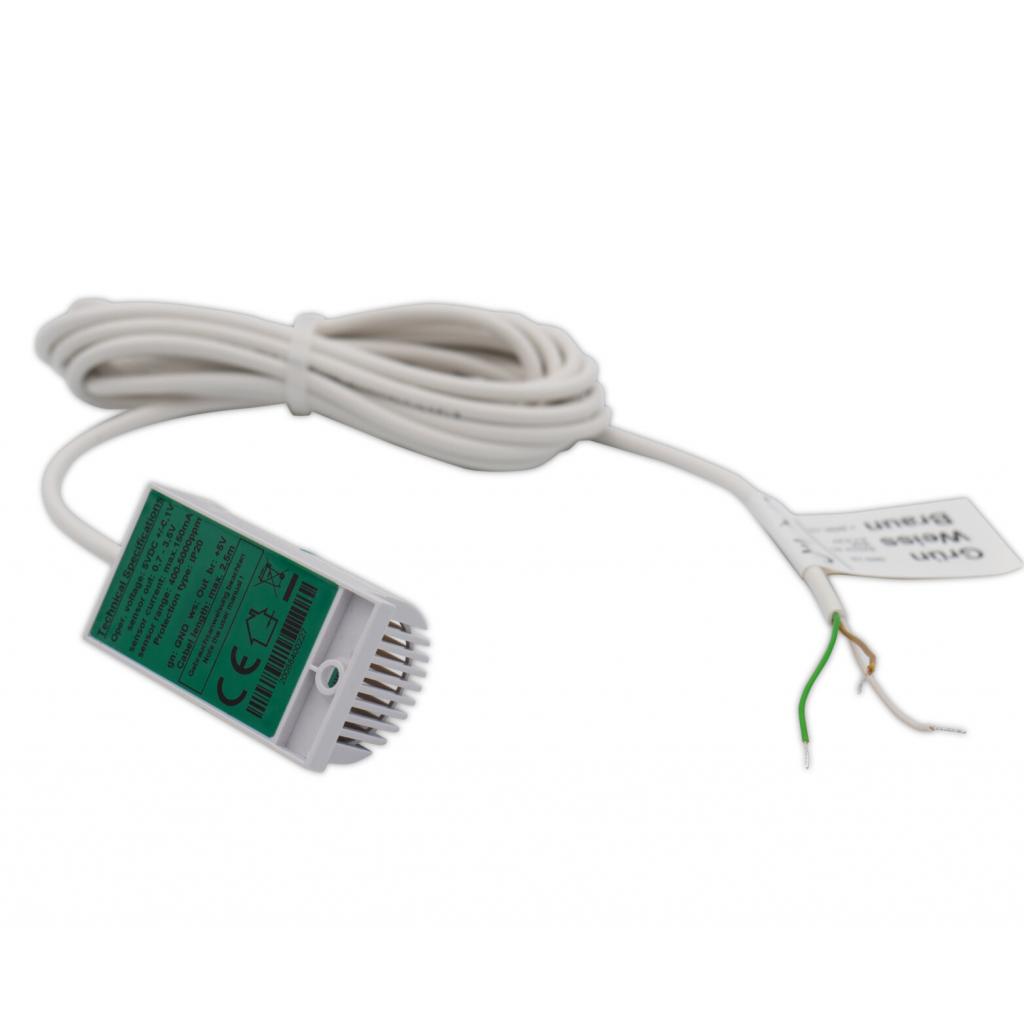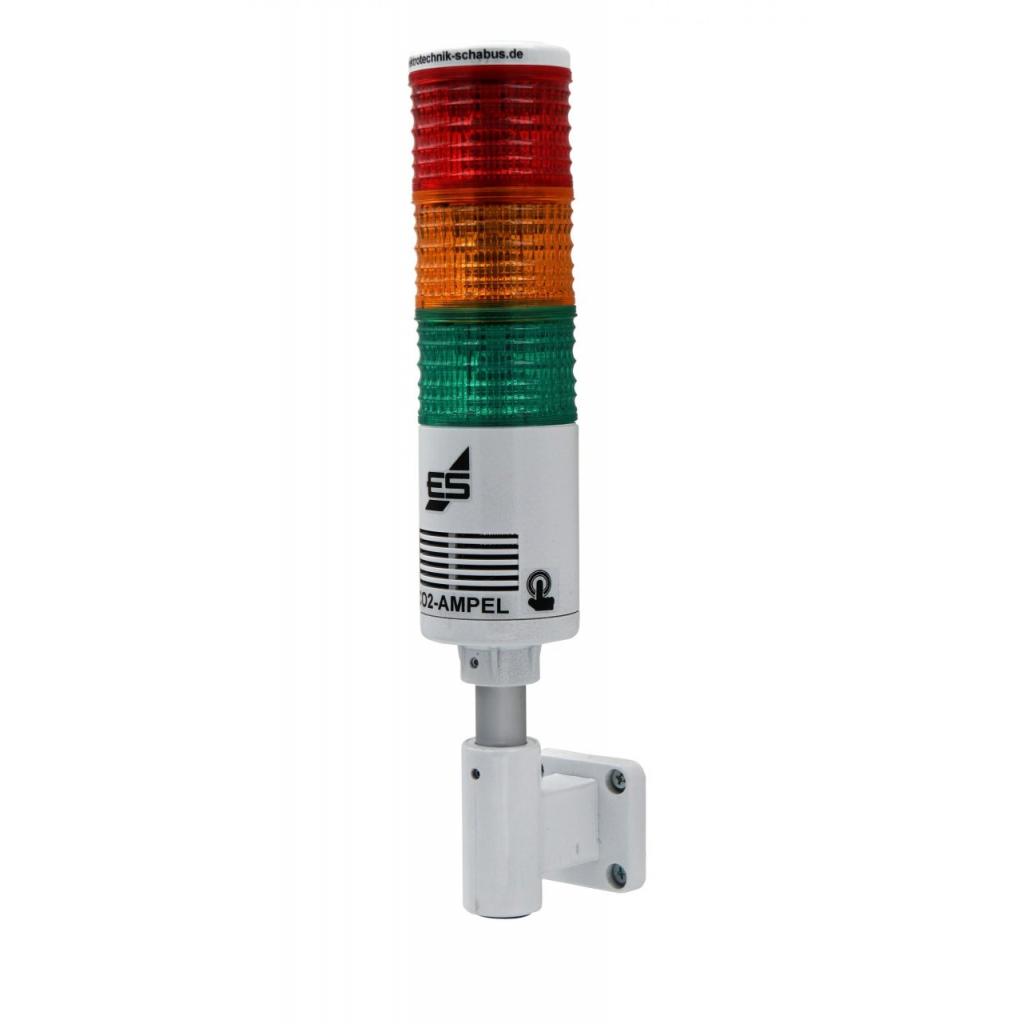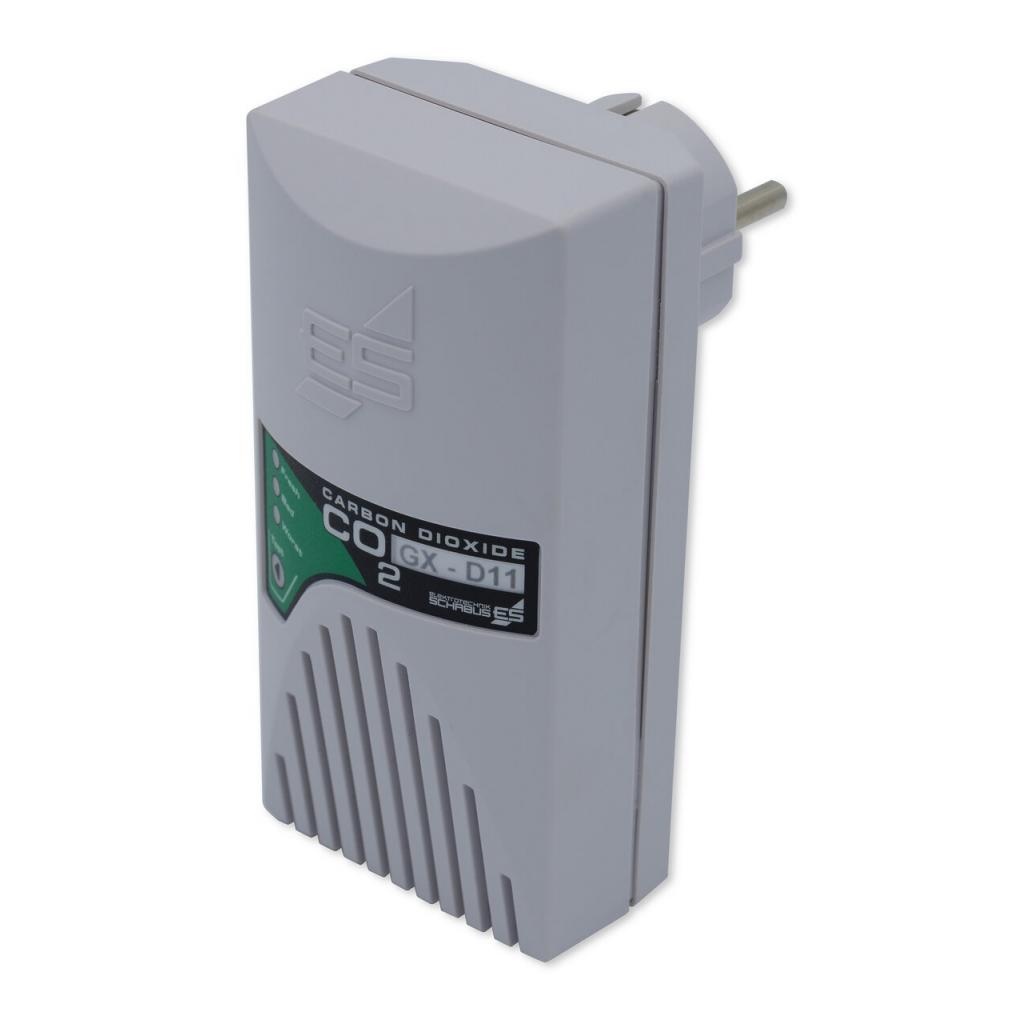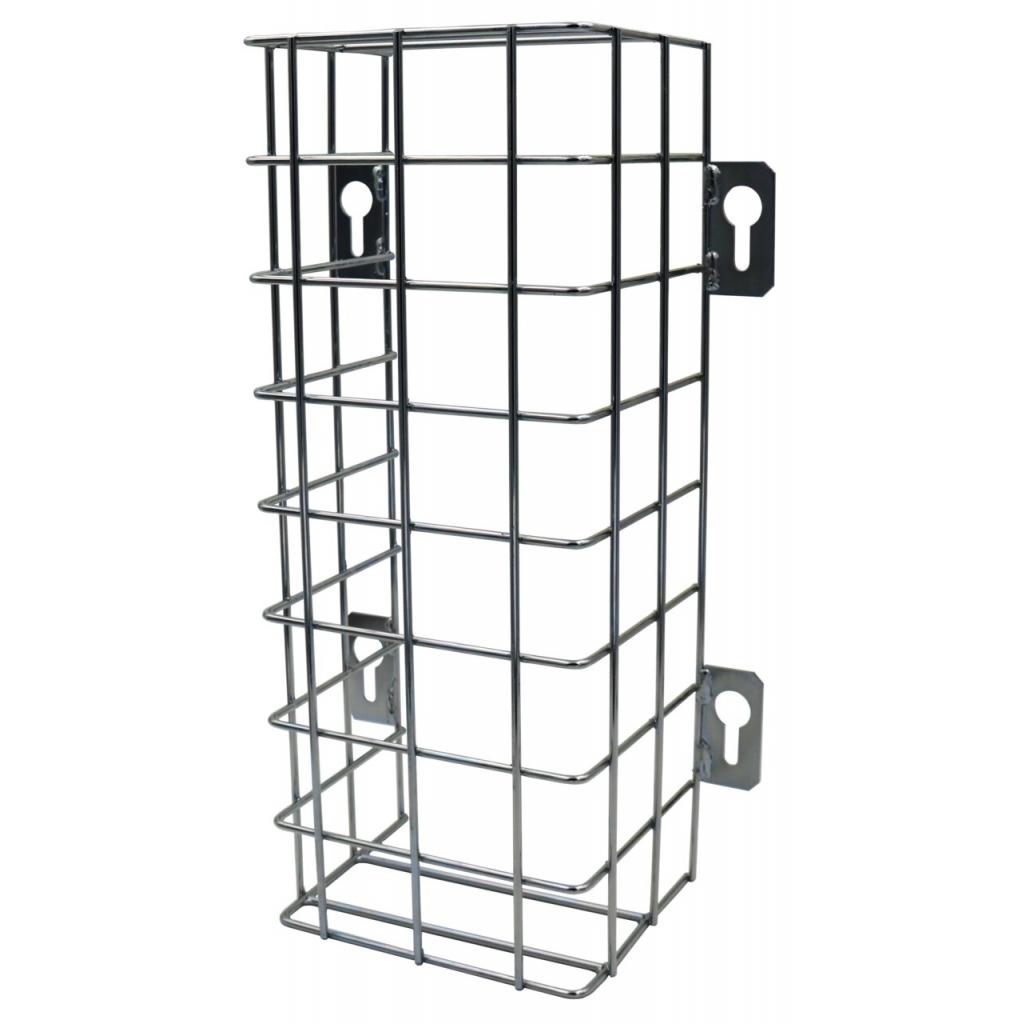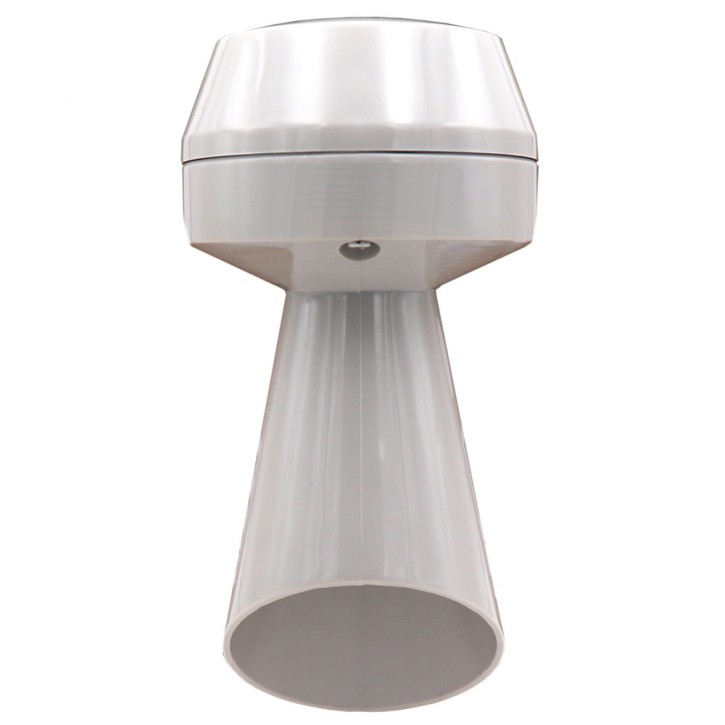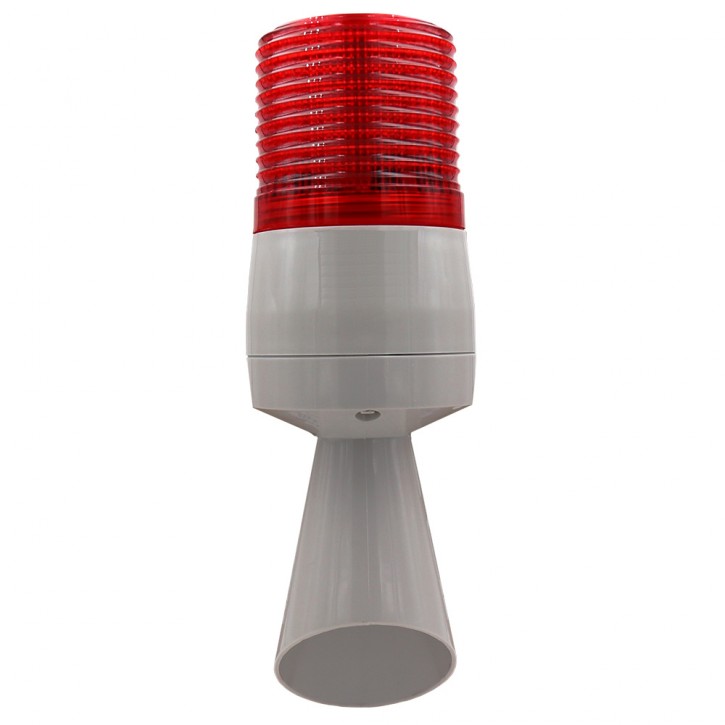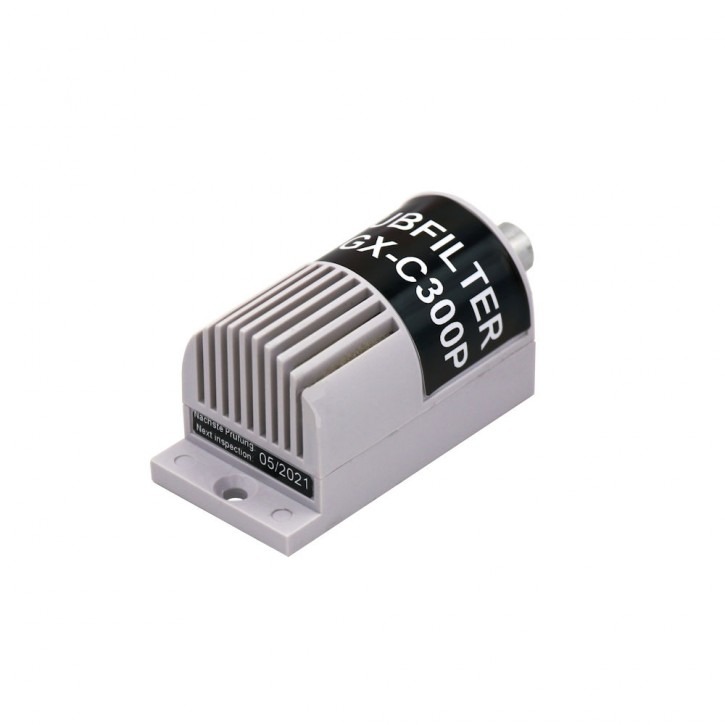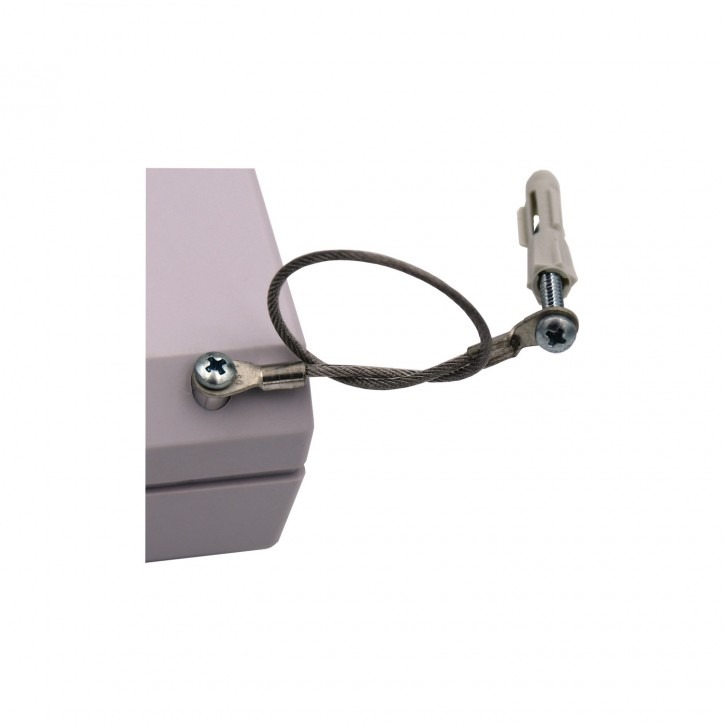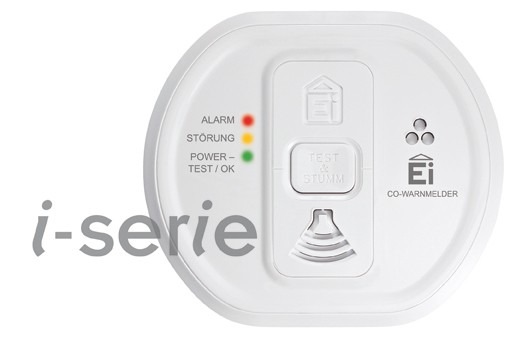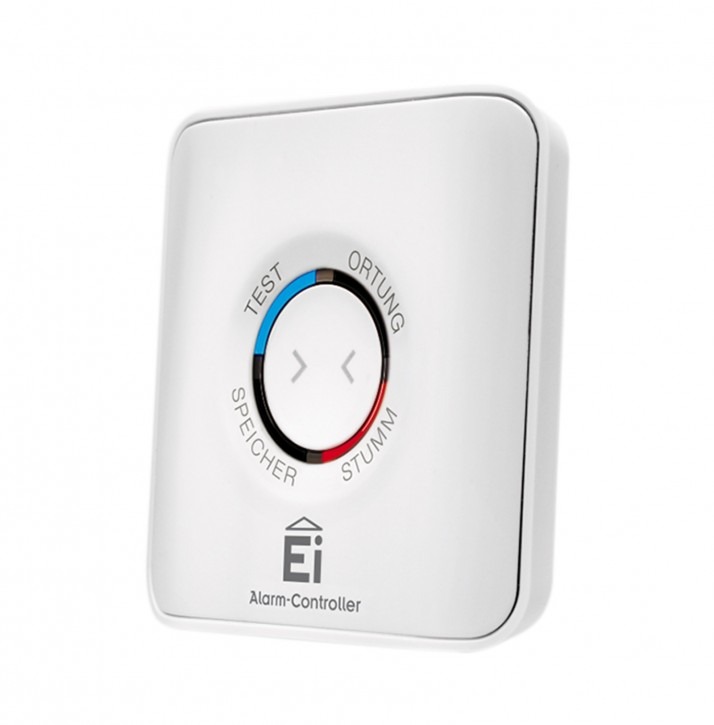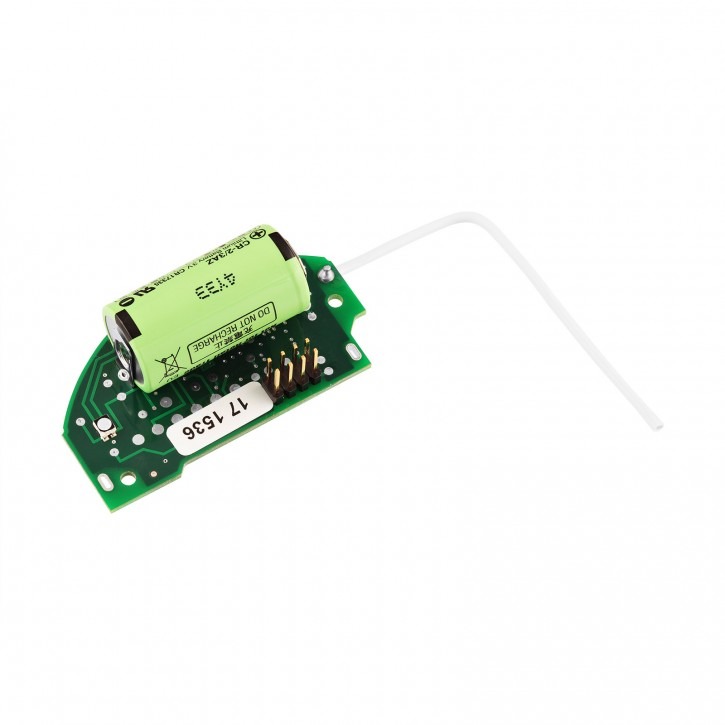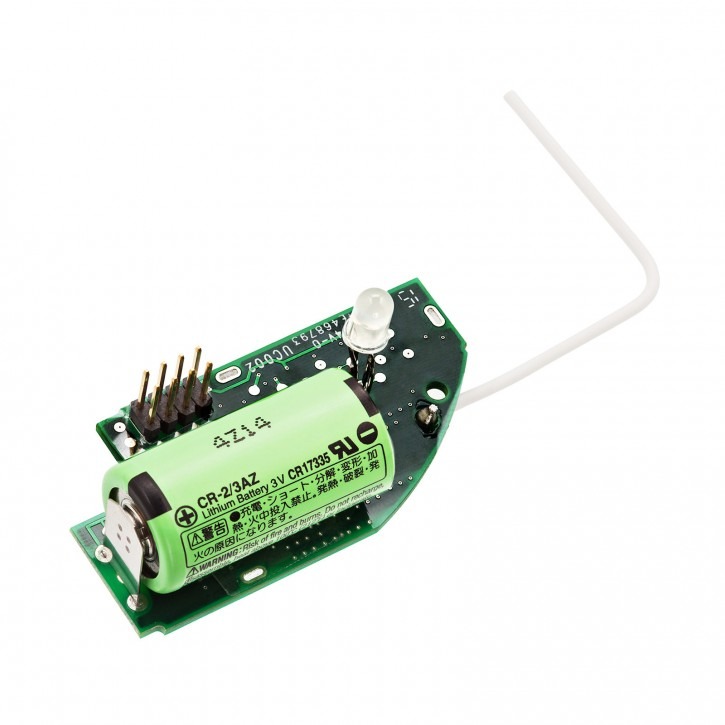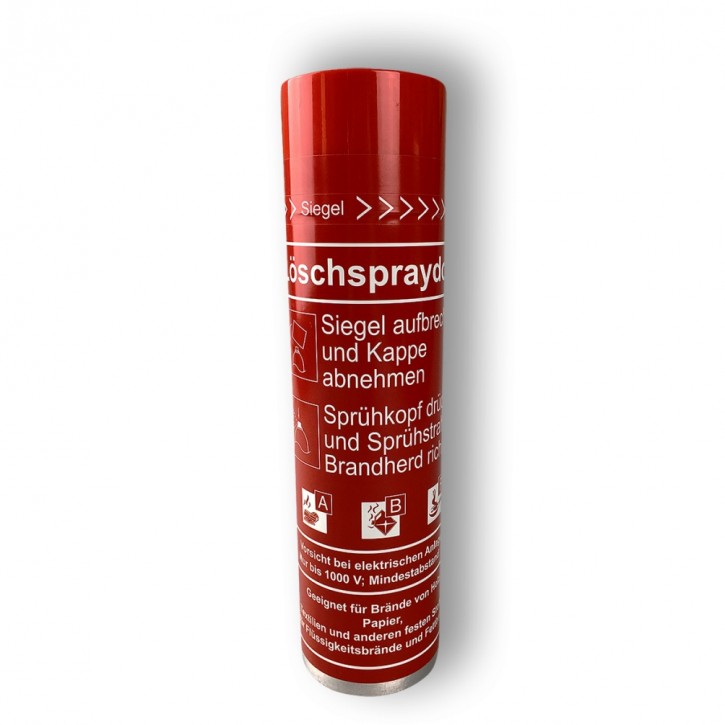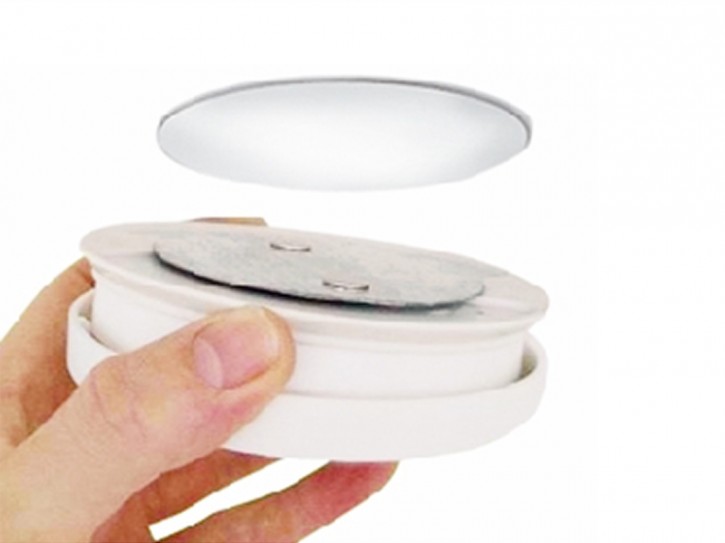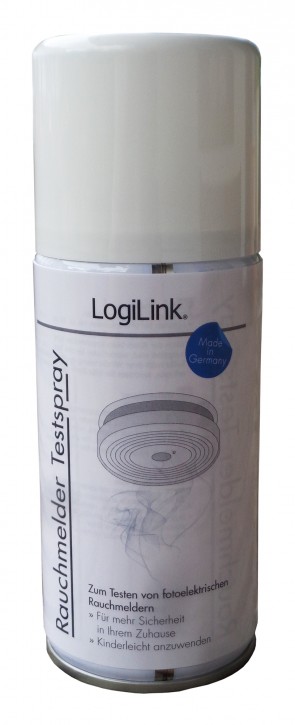Warnsysteme Gas & Rauch
... mit Sicherheit entspannter
made in Germany
Gas ist nicht gleich Gas!
In den vergangenen Jahren hat sich Gas zunehmend als interessante Alternative zu Öl und Strom etabliert. Dabei darf nicht vergessen werden, dass meist explosive und extrem leicht entzündliche Gase eingesetzt werden, die bereits ab geringen Konzentrationen giftig oder gar tödlich wirken können. Daher stellt die Gas-Technologie eine große Herausforderung an die Sicherheit von Menschen und Gebäuden dar. Die meisten schweren Unfälle wie Gasexplosionen und Gasvergiftungen sind auf Stadtgas, Erdgas, Kohlenmonoxid (CO) und Kohlendioxid zurückzuführen. Rauch wirkt ebenfalls narkotisierend, weshalb viele ihn erst spät wahrnehmen.
Die Verwendung von Gas variiert je nach Haushalt oder Anwendungsbereich.
Aus diesem Grund muss der Gasmelder für die entsprechende Gasart geeignet sein und eine Überschreitung der Normalwerte erkennen können.
Gasmelder Übersicht
Gasmelder Stadt- oder Erdgas
GAS ALARM GX-A1+
Art.-Nr.: 300892- Detektion von Stadt-, Erd- und Flüssiggasen
- Methan, Butan, Propan, Ethanol
- Gastronomie, CO2-Flaschen, Schankanlagen
- Trockeneis Verarbeitung und Lagerung
- Detektion von Kühl- und Kältemitteln, wie R-32, R-404a, R-410a, uvm.
GAS ALARM GX-B1pro
Art.-Nr.: 300924- Überwachung von Gasheizung oder Gasherd / Detektion von Stadt,- Erd- und Flüssiggasen
- Überwachung der Heiz- und Wirtschaftsräume
- Lager von Flüssiggasflaschen bzw. Campinggas
- Klimageräte / Kühlmittel
GAS ALARM GX-B2pro
Art.-Nr.: 300926- Überwachung von Gasheizung oder Gasherd / Detektion von Stadt,- Erd- und Flüssiggasen
- Überwachung der Heiz- und Wirtschaftsräume
- Lager von Flüssiggasflaschen bzw. Campinggas
- Klimageräte / Kühlmittel
GAS ALARM GX-B3
Art.-Nr.: 300222- Überwachung von Gasheizung, Gasherd und Leitungen
- Detektion von Stadt,- Erd- und Flüssiggasen
- Steuerung eines Magnetabsperrventils
Gas Alarm GX-HS
Art.-Nr.: 400200PROF. GAS ALARM GX-C300S
Art.-Nr.: 300265Gasmelder Kühl- und Kältemittel
GX-K1 Gasalarm mit internem Sensor
Art.-Nr.: 300931- Wärmepumpen
- Klimaanlagen
- Kühl- und Kältemittel
- Fluorkohlenwasserstoff
GX-K2 Gasalarm mit externem Sensor
Art.-Nr.: 300932- Wärmepumpen
- Klimaanlagen
- Kühl- und Kältemittel
- Fluorkohlenwasserstoff
Gassensoren LNG, Stadt- und Erdgas, CFC Kältemittel, Wasserstoff
Gassensor GX-SE Stadt- / Erdgas
Art.-Nr.: 200897-SEGassensor GX-CFC für Kältemittel
Art.-Nr.: 200901Gassensor GX-LNG
Art.-Nr.: 300897Gassensor GX-H2
Art.-Nr.: 200616CO-Gasmelder & Warngeräte
GAS ALARM GX-CO-12
Art.-Nr.: 300712- mobiler Einsatz in Campingfahrzeugen und auf Schiffen
- Wohnmobil, Wohnwagen
- sonstige Freizeitfahrzeuge mit Gaskoch- und Kühlmöglichkeit
- Heizungskeller mit Gasheizung oder -therme
CO GAS ALARM GX-C1pro
Art.-Nr.: 300783- Überwachung bei Austritt von Kohlenmonoxid an Verbrennungsstätten in Wohnungen, Häusern, Geschäften, Kleinbetrieben, Cafés, staubarmen Werkstätten
- Überwachung von allen mit Gas betriebenen Anlagen
- für Gas-Thermen, Gas-Heizung, Gas-Herd, Gas-Ofen, aber auch Öl-Heizungen und offenen Feuern auch im Badezimmer und anderen feuchten Räumen einsetzbar, so lange Feuchtigkeit nicht kondensiert
- ausgelegt für jahrelangen Dauerbetrieb
CO ALARM GX-C3pro
Art.-Nr.: 300229- Überwachung bei Austritt von Kohlenmonoxid von allen Wärme erzeugenden Anlagen in Wohnungen, Häusern, Geschäften, ...
- Überwachung von allen mit Gas betriebenen Anlagen und Sicherheitsabschaltung bei erhöhten CO-Werten
- für Gas-Thermen, Gas-Heizung, Gas-Herd, Gas-Ofen, Öl-Heizung und jede Verbrennungsstätte mit Zufuhr
- auch im Badezimmer und anderen feuchten Räumen einsetzbar, solange Feuchtigkeit nicht kondensiert
- ausgelegt für jahrelangen Dauerbetrieb
PROFI CO ALARM GX-C300
Art.-Nr.: 300255PROF. CO ALARM GX-C300P
Art.-Nr.: 300256GAS ALARM SET GX-A1+CO
Art.-Nr.: 300266Einsatzmöglichkeiten
- Kohlenmonoxid CO aus unvollständiger Verbrennung
- offener Kamin, Gas-Thermen, Schwedenöfen
- offenes Feuer, Grill-Anlagen, Pellet-Bunker
PROF. CO ALARM GX-C330
Art.-Nr.: 300330- Shisha-Bars und Raucher-Clubs
- Überwachung der ordnungsgemäßen Funktion von Lüftungsanlagen
- Labor Umgebungen in Universitäten, Schulen und Unternehmen
- Arbeitsschutz Maßnahmen bei offenen Verbrennungen in der Gastronomie
- Lager von CO in Druckflaschen
CO-Melder nach DIN EN 50291
Art.-Nr.: 7549937CO-Melder 40 ppm
Art.-Nr.: 7639852CO-Gassensoren
Gassensor GX-CO
Art.-Nr.: 200898-COGasmelder CO2 - Kohlendioxid
CO2 ALARM GX-D1
Art.-Nr.: 300251- Überwachung von Arztpraxen, Wartezimmer, Großraumbüros, Werkstätten, etc.
- für alle Räume, in denen sich lange und regelmäßig Menschen aufhalten
- durch die ausschl. akust. Warnung ideal für Wartezimmer o.ä. bei denen eine optische Warnung irritieren könnte
- Zuverlässige Erinnerung zum regelmäßigen Lüften
GAS ALARM GX-D33
Art.-Nr.: 300257- CO2-Warngerät für Teeküchen
- gemäß DIN6653-2

GAS ALARM GX-D2
Art.-Nr.: 300252GX-D250
Art.-Nr.: 300253GX-D500P
Art.-Nr.: 300263- Trockeneis Verarbeitung/Lagerung
- Getränkeschankanlagen und Gewächshäuser
- Fleisch– und Wurstwaren Kühlung
- gemäß DIN 6653-2
- Automatische Zwangsbelüftung
- Räume mit sehr heißer, kalter, feuchter oder staubiger Luft oder in Lüftungsanlagen mit Zugluft

Prof. CO2-Warngerät für Kohlendioxid GX-D500
Art.-Nr.: 300267- für Schankanlagen mit Kohlensäure (CO2 Kohlendioxid)
- nach DIN 6653-2
- kleine bis mittlere Brauereien, Wein- und Gär-Keller
- Gastronomie mit Getränkeschankanlagen
- Trockeneis Lagerung und Verarbeitung
- alle Anlagen mit CO2 aus Druckflaschen

GAS ALARM GX-D3
Art.-Nr.: 300233Gassensoren CO2 - Kohlendioxid
GX-CO2-30 Kohlendioxid Gassensor
Art.-Nr.: 300315
Gassensor GX-CO2-25
Art.-Nr.: 200989- Externer Sensor für die Gaswarngeräte GX-A1 und GX-HS
- Netzteilbetrieb auch ohne Warngerät möglich
- Detektion von Kohlendioxid (CO2): Erinnerung, regelmäßig zu Lüften
Gassensor GX-DS Kohlendioxid
Art.-Nr.: 200884CO2-Ampeln
CO2-Ampel “customized”
Art.-Nr.: 400370CO2-Ampel “Factory”
Art.-Nr.: 400360- bei 1400 ppm CO2 auf gelb
- ab 2000 ppm CO2 auf rot
- ab 2500 ppm CO2 auf rot blinkend mit Alarmton
- Überwachung von Großraumbüros, Produktionsstätten, Werkstätten, uvm.
- für alle Räume, in denen sich lange und regelmäßig Menschen aufhalten
- Zuverlässige Erinnerung zum regelmäßigen Zug-Lüften
CO2-Ampel “Medical”
Art.-Nr.: 400350- Überwachung von Arztpraxen, Krankenhäusern, Altenheimen, uvm.
- für alle Räume, in denen sich lange und regelmäßig Menschen aufhalten
- Zuverlässige Erinnerung zum regelmäßigen Zug-Lüften
CO2-Ampel “school”
Art.-Nr.: 400250CO2-Ampel OFFICE
Art.-Nr.: 400380- Raumluftüberwachung im Büro nach EU Norm EN 13779
- Einzelbüro, Empfangsbüros, Großraumbüro, Meeting-Räume und weitere
- zuverlässige Erinnerung zum regelmäßigen Stoßlüften
GX-D11
Art.-Nr.: 400311Zubehör zu CO2-Ampeln
Ballschutzgitter für CO2-Ampel
Art.-Nr.: 300947Diebstahlssicherung für CO2-Ampeln
Art.-Nr.: 300948CO2 Ampel – Standfuß
Art.-Nr.: 400110Zubehör Gasmelder
Steuerleitung LIYY Meterware
Art.-Nr.: 300780Füllstandsmelder SET
Art.-Nr.: 300782- Die digitale Tankanzeige der aktuellen Inhaltsmenge erfolgt wahlweise in Liter, in Zentimeter Füllhöhe oder in Prozent
- Für verschiedene Flüssigkeiten: Heizöl, Diesel, Biodiesel, Pflanzenöl, Palmöl, Rapsöl, Wasser, Schmieröle, AdBlue, u.a.
- Bis 2 m Wassersäule / Öltanks bis 2,5 m Höhe
USB-Kalibrieradapter
Art.-Nr.: 200340Rauchmelder & Zubehör
10-Jahres-Funk-CO-Melder Ei208iW
Art.-Nr.: 200720Alarm-Controller Ei450
Art.-Nr.: 200723FAQ - häufige Fragen
Abgesehen vom GX-D250 funktionieren alle Gaswarngeräte von Elektrotechnik Schabus auf die gleiche Art:
Das Warngerät gibt dem Sensor eine Betriebsspannung und etwas Strom, der Sensor schickt die Sensorspannung an das Warngerät zurück und das Warngerät interpretiert die zurückgeschickte Spannung und reagiert darauf. So einfach, so gut. So gibt es einige Gas-Warngeräte mit Spezialisierungen, andere sind universeller gehalten, die einen können mehr, die anderen weniger unterschiedliche Spannungen interpretieren. Anhand des neuen GX-A1+ (Nachfolger des über tausendfach bewährten GX-A1), der bisher die meisten unterschiedlichen Spannungen auswerten kann, wollen wir das mal darstellen.
Bis auf wenige Ausnahmen bekommen alle Sensoren eine Betriebsspannung von 5 Volt, das bedeutet, dass die Sensorspannung nicht unter 0 Volt sinken und nicht über 5 Volt steigen kann. Bereits vor vielen Jahren wurden die Warnstufen „Voralarm“ mit 2,0 Volt und „Hauptalarm“ mit 2,5 Volt festgelegt. Das ist bis heute so geblieben, um möglichst auf- und abwärts kompatibel zu bleiben, neue Sensoren werden darauf angepasst. Diese Spannungsbereiche wertet der GX-A1+ aus:
| 0,0 ... 0,1 V | Kabelbruch / Sensorausfall | kein Sensor, der halbwegs funktioniert, gibt so niedrige Spannung ab |
| 0,1 ... 0,3 V | Sensorfehler | mit dem Sensor stimmt etwas nicht, aber es ist kein Kabelbruch |
| 0,3 ... 2,0 V | Überwachungsmodus | Leerlauf, z.B. wird ein GX-SE Sensor ab Werk auf 0,8 V eingestellt |
| 2,0 ... 2,5 V | Voralarm | der Sensor hat auf „etwas“ reagiert, es ist eine Vorwarnung zum Alarm |
| 2,5 ... 5,0 V | Hauptalarm | der Sensor hat definitiv „etwas“ festgestellt, jetzt voller Alarm |
Die simpelste Variante des Gasmelders ist übrigens der GX-HS, er kennt nur über oder unter 2,5 Volt, wobei er einen Kabelbruch oder gar nicht angeschlossenen Sensor ebenfalls als „Alarm“ meldet, auf den ersten Blick lässt sich das nicht unterscheiden. Und wie macht das nun der GX-D250? Er kommuniziert mit seinem externen Sensoren über eine Pulsbreitenmodulation. Nur so kann das dafür ausgelegte Warngerät die CO2-Konzentration aufs ppm genau anzeigen.
1. Katalytisch beheizte Sensoren (GX-SE, GX-CFC, GX-B...)
Ein auf etwas über 300°C beheiztes Zinnoxid-Plättchen stellt den oberen Teil eines Spannungsteilers dar. Treffen Gasmoleküle auf, verringert sich der Widerstand und die Sensorspannung steigt an.  Während der Aufheizphase pendelt die Sensorspannung um deutliche Werte, weshalb die Warngeräte in den ersten 3 - 5 Minuten alle eingehenden Spannungen ignorieren. In dieser Zeit wird auch ein höherer Strom benötigt. Geräte mit Display zeigen „preheating“.
Während der Aufheizphase pendelt die Sensorspannung um deutliche Werte, weshalb die Warngeräte in den ersten 3 - 5 Minuten alle eingehenden Spannungen ignorieren. In dieser Zeit wird auch ein höherer Strom benötigt. Geräte mit Display zeigen „preheating“.
2. NDIR Infrarot Sensoren (CO2-Ampeln, GX-D...)
Ein nichtdispersiver Infrarot Sensor stellt Kohlendioxid CO2 über ein optisches Verfahren fest. CO2 hat die Eigenschaft, infrarotes Licht einer ganz bestimmten Wellenlänge (~4μm) abzudunkeln. Im Sensor strahlt eine Infrarot-LED durch ein Glas-Filter und dieses Licht dann durch die Messkammer auf einen IR-Helligkeitssensor. Je weniger Licht bei diesem Sensor ankommt, desto mehr CO2 befindet sich in der Messkammer, die über eine Feuchtigkeit abweisende Membran mit der Aussenluft verbunden ist. Die von Schabus verwendeten 2-Strahlsensoren messen zusätzlich die von der IR-LED abgegebene Lichtleistung, um Messfehler durch gealterte Lichtquellen zu kompensieren. Ein leistungsfähiger μController steuert den Prozess und gibt entweder eine dem CO2-Gehalt entsprechende Sensorspannung, eine Pulsbreitenmodulation (GX-D250) oder direkt UART aus, die die verschiedenen Warngeräte auswerten, anzeigen und mit akustischem Alarm und / oder Relaisschaltung reagieren.
3. Elektro-chemische Sensoren (GX-C1pro, GX-C...)
Ein elektro-chemischer Sensor stellt Kohlenmonoxid CO über eine chemische Reaktion mit reinem Wasser fest. Der Sensor besteht hauptsächlich aus seinem Wassertank, der über eine Aktivkohle-Scheibe und ein winzig kleines Loch mit der Außenluft verbunden ist. Bei der Reaktion von CO mit H2O entstehen CO2, Wasserstoff und zwei freie Elektronen. Die Anzahl der Elektronen stellen also ein direktes Maß für die CO-Konzentration dar und können amperometrisch gemessen werden. Dabei bewegt sich der Elektronenstrom im unteren nA-Bereich, etwa 1,5 nA / ppm CO. Einen solchen Sensor kann man also nicht direkt an ein Warngerät anschließen, vielmehr muss die Mess-Elektronik ganz nah am Sensor sitzen und äußerst feinfühlig und präzise ausgelegt sein. Operationsverstärker sorgen für die Umwandlung in eine kalibrierte Spannung, die Auswertung erfolgt dann via ADC in einem 32bit-μController. Den Erfolg dieser aufwendigen Entwicklung der Messzelle hat sich Elektrotechnik Schabus beim TÜV Süd nach DIN 50291 überprüfen lassen, Stabilität und Präzision wurden dem System bescheinigt und alle angebotenen CO-Warngeräte tragen diese Messzelle mit dem elektrochemischen Sensor.
Fangen wir mit Stadtgas an, das es so gar nicht mehr gibt. Es entstand aus Kohlevergasung und enthielt einen recht hohen Anteil an giftigem Kohlenmonoxid, siehe Seite 74. Stadtgas gab es bis etwa Ende der 70er Jahre, in Westberlin bis Mitte der 90er. Es wurde sukzessive umgestellt auf das nicht ganz so giftige Erdgas. Dazu mussten die Verbrennungsanlagen umgebaut werden, es brauchte andere Dichtungen und Ventile. Der Name „Stadtgas“ ist in der Bevölkerung aber nach wie vor präsent, deshalb bezeichnen wir unseren Sensor für brennbare Gase noch immer als Stadt- und Erdgassensor (SE). Erdgas, das Gas, das uns heute unsere Stadtwerke und Gasversorger zum Heizen, Warmwasserbereiten und Kochen liefern, ist ein natürlich vorkommendes Gas, das hauptsächlich als Nebenprodukt bei der Ölförderung anfällt, aber auch aus reinen Erdgasfeldern stammt, die kein Öl liefern. Der Hauptbestandteil von Erdgas ist das leicht entzündliche Gas Methan mit bis zu 90% Volumenanteil. Weitere Stoffe sind neben Butan und Propan, verschiedene Spuren von Schwefelverbindungen, Ethan, CO2, Edelgase, Stickstoff und Wasserdampf. Einmal gefördert wird Erdgas von giftigen und unbrauchbaren Stoffen wie Wasser, Schwefelwasserstoff und Kohlendioxid gereinigt und in unser Gasversorgungssystem eingespeist, nicht ohne es vorher wiederum mit den Schwefelverbindungen Thioether oder Alkanthiol zu versetzen, damit das Gas seinen typischen Geruch erhält, den wir ganz natürlich als Gasgeruch wahrnehmen. Ohne diese Zusatzstoffe hätte Erdgas überhaupt keinen Geruch. Jedes brennbare Gas, das verkauft wird, muss mit diesen Stoffen zur Geruchsbildung versetzt werden. Den besten Gassensor tragen wir also bereits mitten im Gesicht: unsere Nase. Nun befindet sich unsere Nase zum Glück nicht immer genau dort, wo Gas unbeabsichtigt austreten könnte. An den verschiedenen Verbindungen unserer Gasleitung, am Übergabepunkt, am Gashahn, am Zähler und direkt an Heizung, Herd oder Therme. Hier, meist in den sog. Heiz- und Wirtschaftsräumen (HWR), aber auch in der Küche direkt am Gasherd, kommen die „Stadt- und Erdgas Warnmelder“ von Elektrotechnik Schabus ins Spiel. Sie stellen sofort fest, ob Gas austritt und warnen mit einem lauten durchdringenden Ton vor einem Leitungsdefekt und schalten bei Bedarf ein angeschlossenes Magnetabsperrventil ab, so dass kein weiteres Gas nachströmen kann. Da Erdgas zum größten Teil aus dem sehr leichten Methan besteht, ist es leichter als Luft und verflüchtigt sich bei Austritt sofort nach oben. Ein GX-SE Sensor muss also im Raum oben angebracht werden, um sofort das Gas zu detektieren. Aber nicht ganz oben, sondern etwa 30 cm unterhalb der Decke, denn es gibt in den Ecken die sog. Totraumbildung. Luft, die sich in den Ecken und Kanten an der Decke befindet, kann nicht entweichen und verdrängt das Gas. Gas aus Flaschen (Butan/Propan) ist schwerer als Luft, also wird der Sensor 15-30 cm über den Boden gesetzt.
Es gibt die Bezeichnung „untere Explosionsgrenze“, sie wird UEG abgekürzt und in Prozent angegeben. Explosiv wird ein Gas-Luft-Gemisch erst, wenn 100% erreicht sind. Dazu muss man wissen, dass nicht die reine ausgetretene Gasmenge entscheidend ist, wie etwa bei CO leicht in ppm auszudrücken, sondern immer noch weitere Größen eine Rolle spielen. Sei es die Temperatur, die Luftfeuchtigkeit oder der Sauerstoffgehalt, denn jede Verbrennung benötigt zwingend Sauerstoff, sonst brennt nichts. Ist die Luftfeuchtigkeit höher, ist weniger Sauerstoff vorhanden, ist die Temperatur höher, sind insgesamt auch weniger Teilchen im Raum, die miteinander reagieren können. Diese drei Größen werden von unseren SE-Sensoren berücksichtigt und in eine Spannung umgesetzt, die von den Warngeräten erfasst wird. Nun könnte man sofort, wenn auch nur ein Molekül erfasst wird oder realistischer bei z.B. nur 3% UEG warnen, also alarmieren, doch ein solches Verhalten würde kein Kunde auf Dauer akzeptieren. Bis 5% UEG kommt ein vermeintlicher Fehlalarm häufiger vor, als man es mit einem Gasleitungsdefekt in Verbindung bringen dürfte. Die Sensoren könnten das schon, aber wer will eine Warnung, wenn offene Farb- und Lackdosen ausgasen oder jemand mit frisch lackierten Nägeln oder frisch aufgetragenem Parfüm am Sensor vorbei geht? Lösungsmittel sind neben vielen anderen haushaltsüblichen Stoffen den Kohlenwasserstoffen des Stadt- und Erdgases nämlich sehr ähnlich und werden von den Sensoren ebenso gut erfasst. Einige der vielen DIN-Normen, die sich mit der Detektion von Erdgas im Wohnbereich befassen, empfehlen eine Warnung spätestens bei Erreichen der 20% UEG Grenze. Da unsere Sensoren Flüssiggas (LPG mit hohem Anteil an Butan und Propan) ebenso erfassen, haben wir uns auf eine Frühwarnstufe von 12% UEG geeinigt. Immer rechtzeitig, damit es nicht gefährlich wird, aber ausreichend tolerant, um häufige Fehlarme zu vermeiden. Und natürlich innerhalb der Norm.
Kohlenmonoxid wird nicht geliefert. Es entsteht bei jeder Verbrennung, bei der nicht genügend Sauerstoff zur Verfügung steht. Jedes Gas-Molekül (z.B. CH4 = Methan) benötigt zwei Sauerstoff-Moleküle (O2) zur vollständigen Verbrennung, es entsteht dann neben zwei Wasser-Molekülen (H2O) ein Kohlendioxid-Molekül (CO2), das nicht annähernd so gefährlich ist wie ein Kohlenmonoxid-Molekül (CO). Gas ist stark und will unbedingt verbrennen. Steht nicht genügend Sauerstoff zur Verfügung, so teilen sich zwei Gas-Moleküle ein Sauerstoff-Molekül und es entsteht eben neben Wasserstoff auch Kohlenmonoxid.
CH4 + 2 O2 -----> CO2 + 2 H2O (vollständig)
oder
2 CH4 + O2 -----> 2 CO + 4 H2 (unvollständig)
Dabei muss genügend Sauerstoff am Ort der Verbrennung sein und nicht irgendwo im Raum. So erklärt sich leicht, warum CO in wohl jeder Verbrennungseinrichtung (Therme, Heizung, ...) entsteht. Eine durch Staub verstopfte Düse reicht bereits aus. Oder ein nachträglich dicht gedämmtes Haus. Das ist bei Sichtverbrennung gut zu erkennen, wenn Sie einen gelben Anteil in der Flamme sehen. Eine vollständige Verbrennung mit ausreichend Sauerstoff zeigt sich stets blau, wobei ein gelber Anteil darin nicht immer leicht zu erkennen ist. Übrigens: Methan-Gas ist hier nur beispielhaft genannt, natürlich trifft das auch für alle anderen Verbrennungen zu, wie Butan, Propan, Öl, Papier, Karton, Holz und Pellets. Alle Verbrennungen benötigen ausreichend Sauerstoff!
Jede Zelle unseres Körpers verbrennt ebenfalls Sauerstoff, um richtig arbeiten zu können. Dafür atmen wir Sauerstoff ein, der an das Hämoglobin (rote Blutkörperchen) in den Lungenbläschen andockt und mit dem Blutkreislauf zu den Zellen transportiert wird. Hier wird die Verbrennung vorgenommen: Das Sauerstoffmolekül wird dem Blutkörperchen entnommen und das aus der (vollständigen) Verbrennung stammende Kohlendioxid-Molekül CO2 wird zum Abtransport wieder an das Blutkörperchen angeheftet, das es zum Ausatmen zur Lunge transportiert. Wenn wir nun aber CO im Luftgemisch einatmen wird es kritisch. Das Hämoglobin erkennt nur das Sauerstoffteilchen O im CO und dockt es rd. 300x so stark wie reinen Sauerstoff an. Die Zelle kann mit CO aber nichts anfangen und schickt es wieder zurück zur Lunge zum Ausatmen. Dort findet allerdings kein Austausch statt, denn es hängt ja bereits ein Sauerstoff O stark am Hämoglobin, wir atmen das CO also nicht so einfach wieder aus. Das passiert durchschnittlich erst nach ca. 20 Minuten, das CO reichert sich im Blut mit jedem Atemzug an, gleichzeitig gibt es immer weniger Blutkörperchen, die noch Sauerstoff aufnehmen können. Das ist das toxische am Kohlenmonoxid. Fehlender Sauerstoff stoppt die Arbeit der Zellen, v.a. die des ZNS, des Herzens und des Gehirns, man wird müde, schläft ein und stirbt im schlimmsten Fall. Durch Ersticken trotz Atmung. Bei einer akuten CO-Vergiftung hilft nur reiner Sauerstoff, idealerweise in einer Druckkammer










